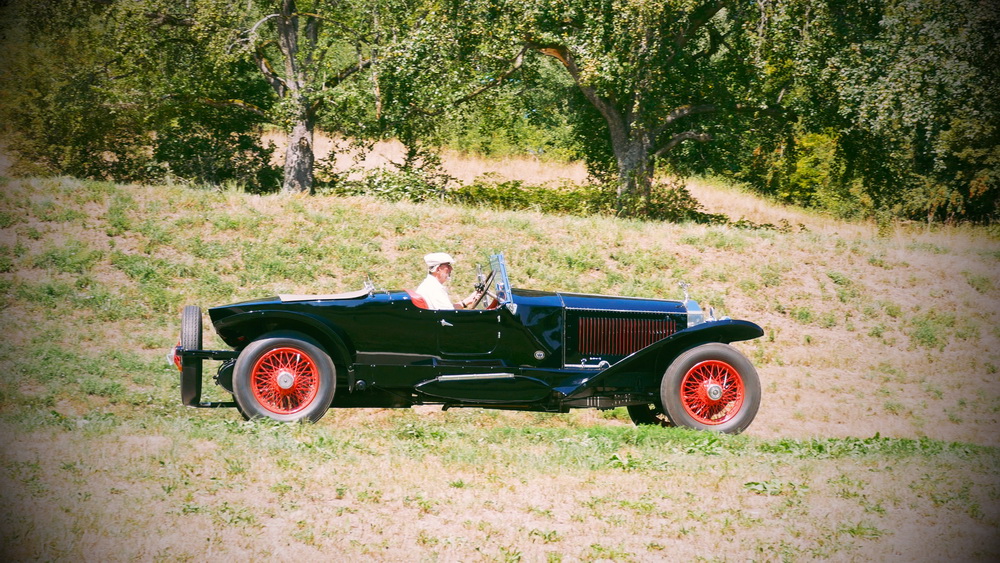Rolls-Royce Phantom 1 Barker Boattail â In 1925, the British luxury brand Rolls-Royce presented the successor to the Silver Ghost model â the Rolls-Royce Phantom I. The most important innovation in the new models was the new in-line six-cylinder engine with overhead valves. The cylinder barrels on the Phantom I models are cast together in pairs and have a removable cylinder head. Two spark plugs per cylinder are responsible for the corresponding power development. The long-stroke 7668cc engine proves to be very durable and reliable.

In the Rolls-Royce factory, mostly only the chassis was delivered and the bodies were commissioned from the corresponding body companies. This is also the case with the model shown here, an exact replica of the Rolls-Royce Phantom I, which was commissioned from Barker in 1925 by a nobleman working in London. The open boattail body, so named because of the boat-like tail, was completed in 1926 at Barker Coachbuilding in London.
Rolls-Royce Phantom 1 Barker Boattail video
The drop-shaped boxes on the sides, which are intended to serve as storage space and running boards, are striking. The shape of the boxes conveys special aerodynamics, at least thatâs how improved streamline shapes were imagined in the 1920s. It is borrowed from aircraft technology.
The chassis rests on a ladder frame. The front axle sits on semi-elliptical leaf springs, the rear axle on two longitudinally mounted leaf springs. Drum brakes act on all four wheels. Overall, the vehicle weighs at least 2300 kilograms. But with its power of 100 hp, the Phantom I model is very sporty on the road.

The Rolls Royce on display with Barker Boattail bodywork has already been driven once in the Paris Beijing Rally and is still proving to be very reliable today.